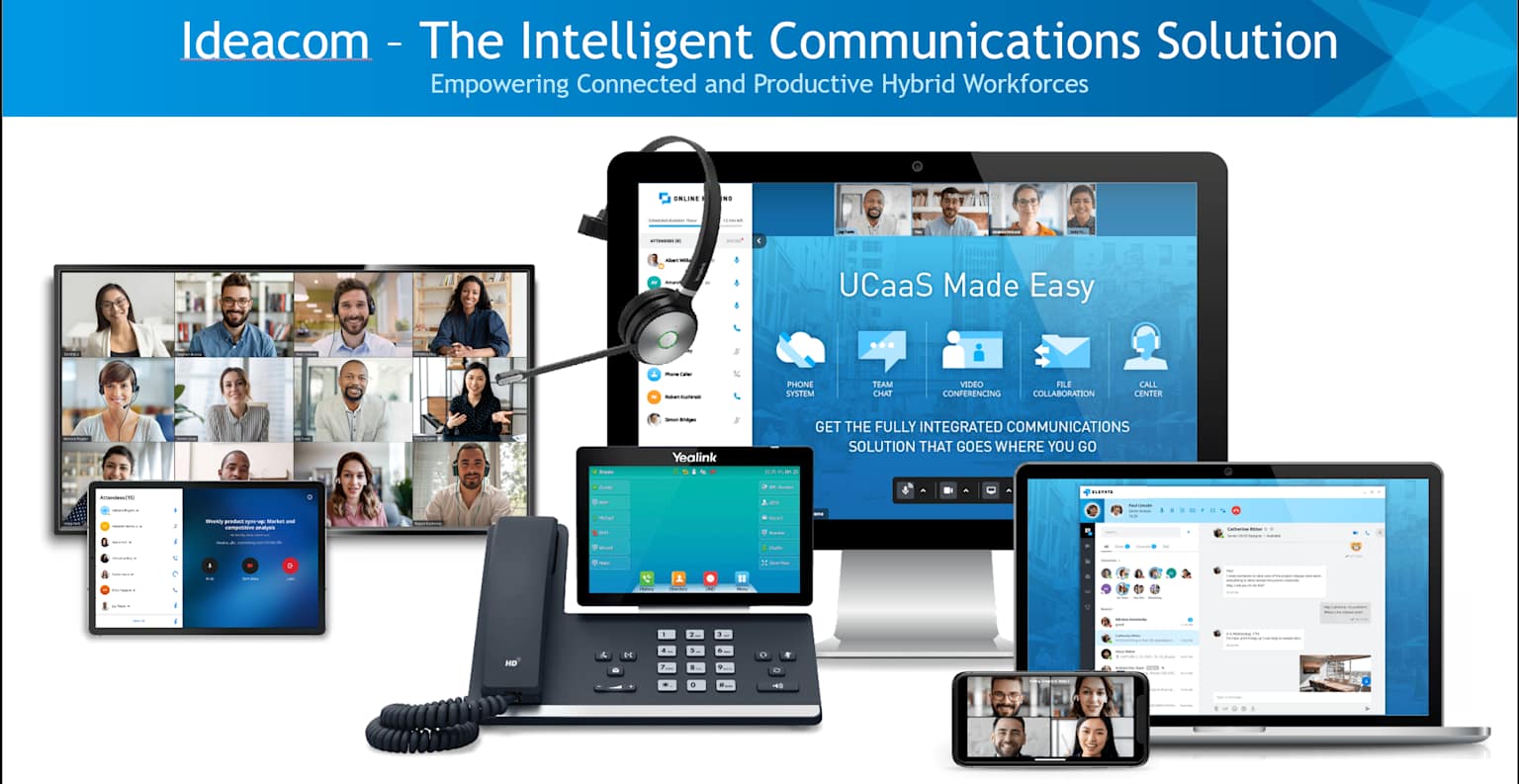Key Provider Questions
Contract flexibility should be your first priority when evaluating hosted phone providers—avoid long-term agreements that lock you into unsatisfactory service. Beyond the advertised pricing, request detailed breakdowns of taxes and fees that can significantly increase monthly costs, and confirm whether you can use existing equipment or must purchase proprietary phones that limit future vendor options.

Voice Networking Requirements
Business-grade wired broadband forms the foundation of any successful hosted phone deployment, with each concurrent call requiring approximately 80-100 kbps of dedicated bandwidth—meaning organizations planning for 10 simultaneous calls should provision at least 1 Mbps exclusively for voice traffic. Network administrators should maintain voice bandwidth usage at no more than 80% of total capacity to prevent congestion and ensure consistent call quality.
Critical infrastructure components include managed Ethernet switches with Power over Ethernet capabilities to eliminate individual power adapters, business-grade routers supporting VLAN segmentation for isolating voice and data traffic, and firewall configurations allowing necessary VoIP protocols including SIP, RTP, HTTPS, and UDP. Network performance must meet strict thresholds: latency below 150ms, jitter under 20ms, and packet loss not exceeding 1% to maintain professional call quality. Additionally, VoIP desk phones require wired connections rather than wireless, as Wi-Fi networks typically cannot provide the reliability and consistent performance necessary for business communications.
Implementation Checklist
Pre-deployment assessment involves evaluating your current phone system compatibility and defining specific business communication requirements, including the number of users, required extensions, and essential features like call recording or conferencing capabilities. Network readiness testing should include bandwidth analysis to ensure adequate capacity for concurrent calls and quality measurements to verify latency, jitter, and packet loss meet VoIP standards.
During the migration phase, coordinate number porting with your provider to minimize downtime, configure user accounts with appropriate extensions and permissions, and install VoIP applications on necessary devices. Post-installation verification requires testing connectivity across all handsets, recording voicemail greetings, confirming outbound caller ID functionality, and conducting comprehensive staff training on the new system features. Final quality assurance should include testing advanced features like call routing, auto-attendants, and any integrated business applications to ensure full operational readiness.

